The rapid acceleration of artificial intelligence adoption is at the heart of today’s mid-market enterprise transformation. For CEOs who have already piloted successful AI initiatives, the new imperative becomes clear: scaling from a handful of high-impact projects into a repeatable, organization-wide capability. Building an AI talent pipeline is not simply an HR challenge; it’s a strategic necessity—one that threads together skills, teams, culture, and structure. How do you codify AI success beyond solo “heroes” and move toward a systemic, talent-driven engine for innovation? This playbook lays out the key steps for mid-market CEOs to build, institutionalize, and maximize their AI talent strategy at scale.
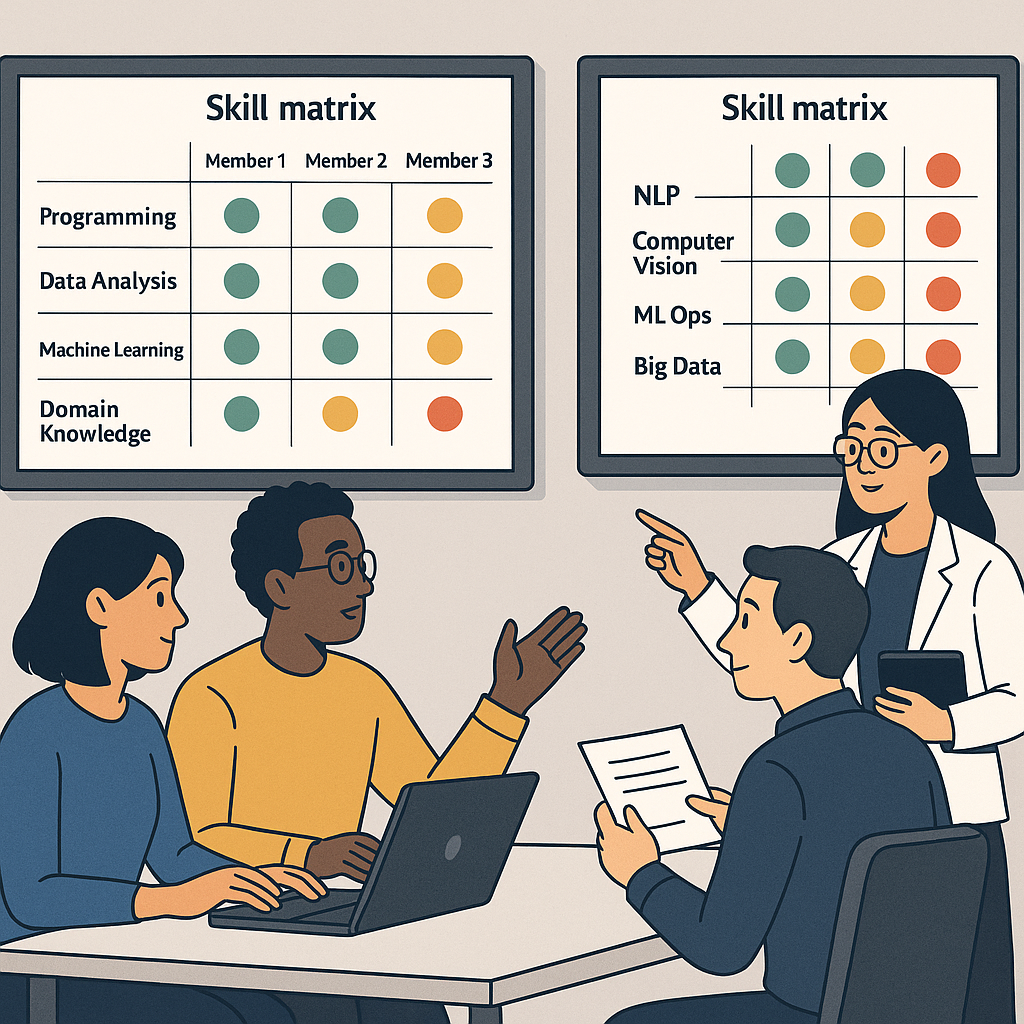
From Heroes to Teams
Many mid-market companies begin their AI journey relying on a few exceptional data scientists or technical leads—the so-called “heroes”—to drive flagship projects. While this can demonstrate quick wins, it introduces a dangerous reliance on individuals. To build AI teams capable of sustainable impact, organizations must evolve toward cross-functional, well-balanced squads. Start by building a skills matrix tailored to your AI objectives. Map out not just core AI and machine learning competencies, but also domain expertise, project management, data engineering, and user experience. This blueprint is invaluable for assembling AI teams that blend technical prowess with business acumen.
Encourage the formation of squads that embed key technology, business, and analytics talent together—a model shown to accelerate delivery and reduce bottlenecks. When responsibilities, skills, and collaboration are clearly distributed, you sidestep the key-person risk so common in emerging tech fields. As your enterprise scales, revisit and update your skills inventory, ensuring you anticipate needs as new AI projects roll out. Transitioning from isolated talent to integrated teams is the first sign your AI talent strategy is maturing—and sets the stage for sustainable, organization-wide capability.
Make vs. Buy vs. Partner
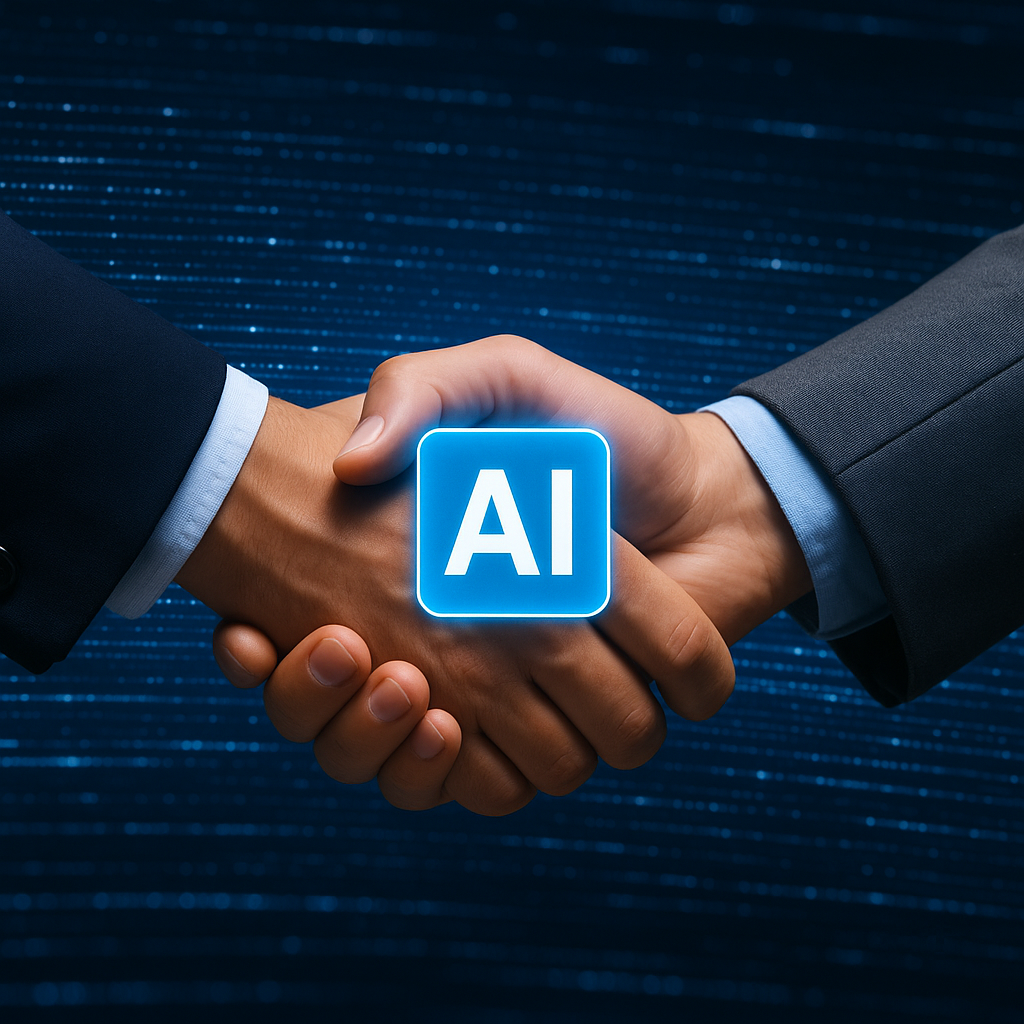
No single approach can fulfill every AI skill gap. A robust mid-market CEO AI strategy draws from three complementary approaches: building talent in-house, buying through recruitment, and partnering for access to external expertise. Begin with a total cost analysis for each talent path. Directly hiring seasoned AI professionals can be expensive and competitive, but it allows for deep organizational alignment. Upskilling and cross-training internal talent—especially those with institutional knowledge—offers better retention and cultural fit, though it takes time to develop high-level proficiency.
Strategic vendor partnerships are increasingly essential. Working with AI consultancies, software vendors, or managed-service providers can rapidly inject specialist skills and accelerate project delivery while training your staff on the side. Joint ventures with academia unlock access to cutting-edge research and emerging talent, creating a long-term funnel for both innovation and recruitment. By carefully mapping projects to the best talent-acquisition method, CEOs ensure their AI teams grow with a mix of speed, sustainability, and strategic fit.
Career Architecture & Retention
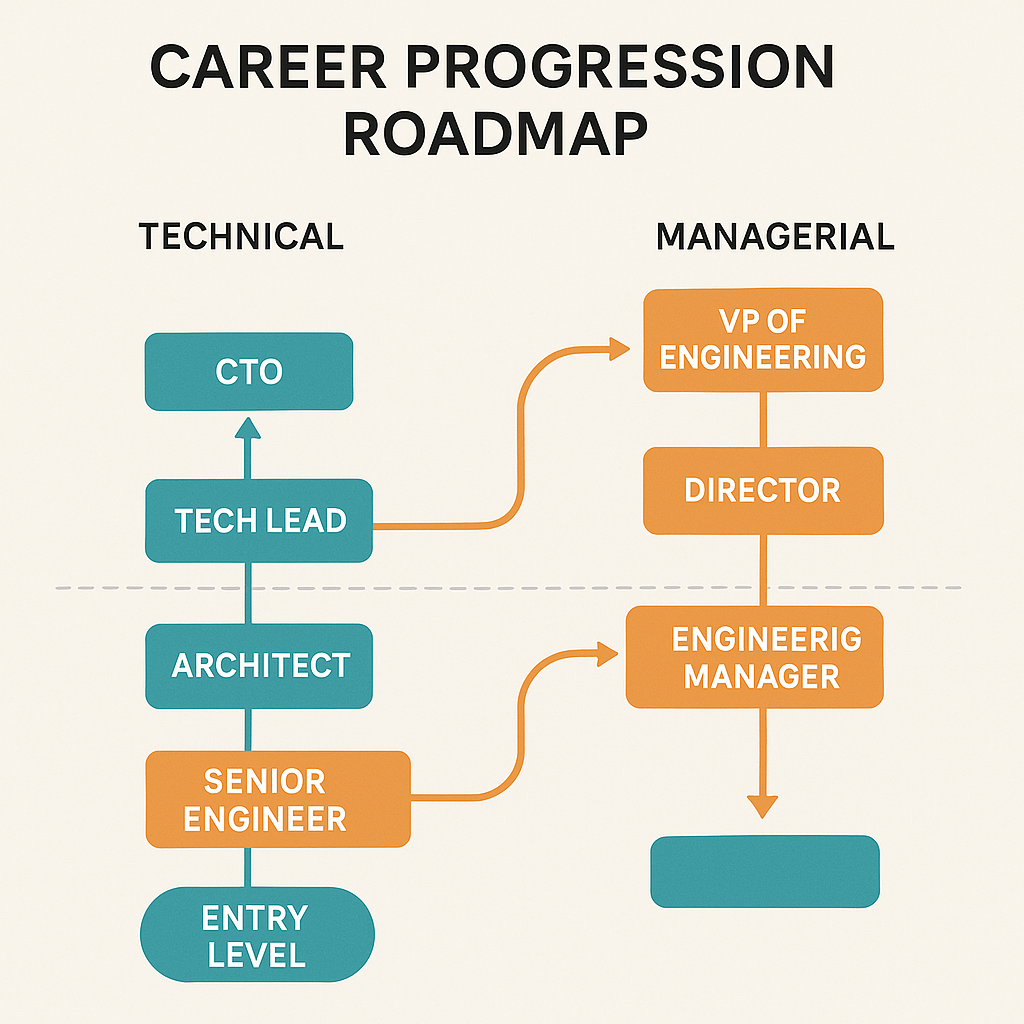
Scarcity drives competition for top AI talent—so a sophisticated approach to career architecture becomes essential for mid-market firms striving to build and retain AI teams. Rather than force-fitting talent into generic job tracks, design dual progression paths: one for deep technical expertise, another for those who gravitate toward leadership and management. This framework appeals both to technical hands-on professionals and to emerging leaders, reducing attrition by matching personal ambitions with organizational needs.
Integrate mentorship programs that pair less-experienced team members with senior practitioners, accelerating skills transfer and creating a sense of community. Competitive compensation benchmarking is non-negotiable: regularly assess your offers against regional and industry benchmarks and be ready to adjust not just pay, but also benefits and growth opportunities. Retention is often less about salary than about professional growth, recognition, and a clear future—elements at the core of a successful AI talent strategy.
AI Literacy for the Whole Org
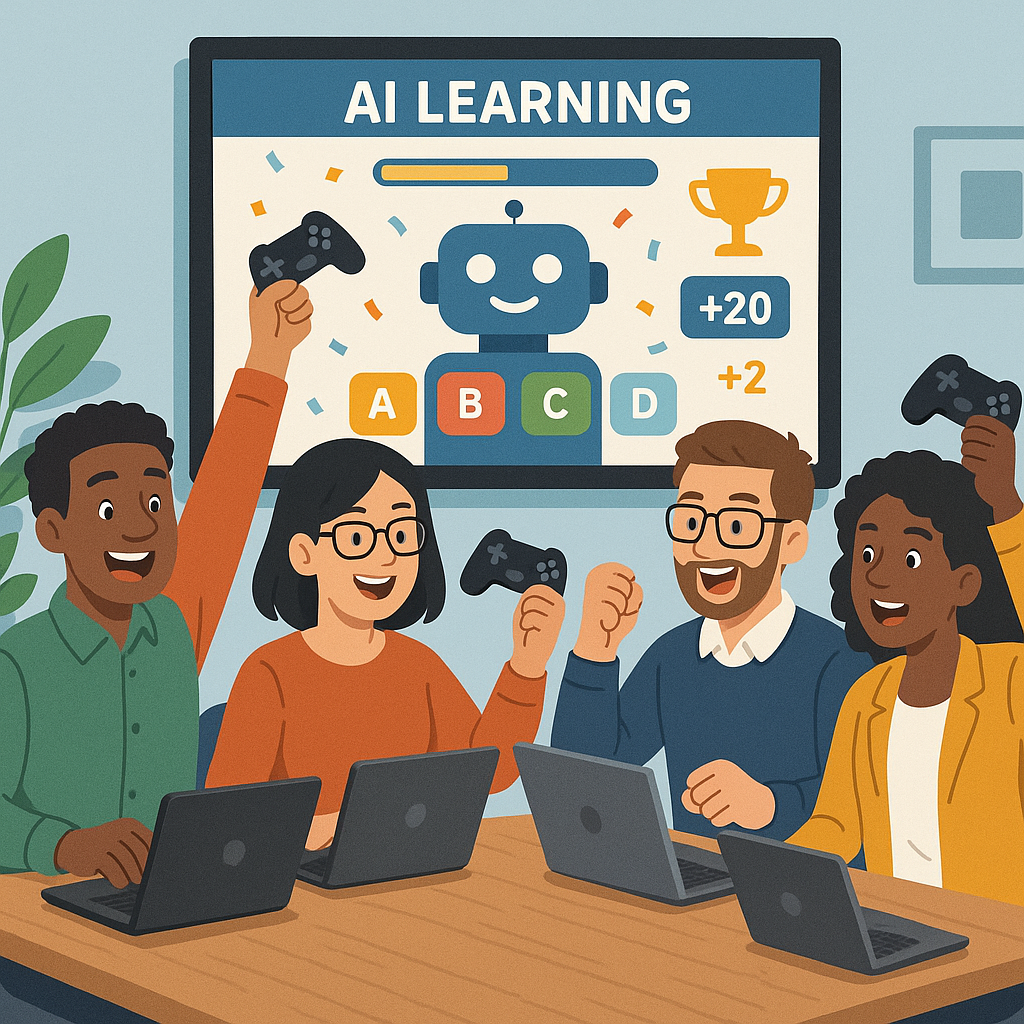
The most successful mid-market CEO AI initiatives go beyond technical teams—upskilling the entire organization to be AI-ready. Foster AI literacy among non-technical roles with role-based training modules. For example, product managers, marketers, and operations leaders all need to understand basic AI capabilities relevant to their functions, from data-driven decision making to interpreting analytics outputs.
Dashboard-driven learning lets you track upskilling progress across departments. Define clear KPIs (Key Performance Indicators) for AI learning—number of badges completed, hours of training attended, or successful application projects. Gamified learning programs, such as hackathons or AI use-case challenges, inject healthy competition and genuine enthusiasm into capability-building, embedding AI appreciation and practical fluency across the company.
Measuring ROI on Talent Investments
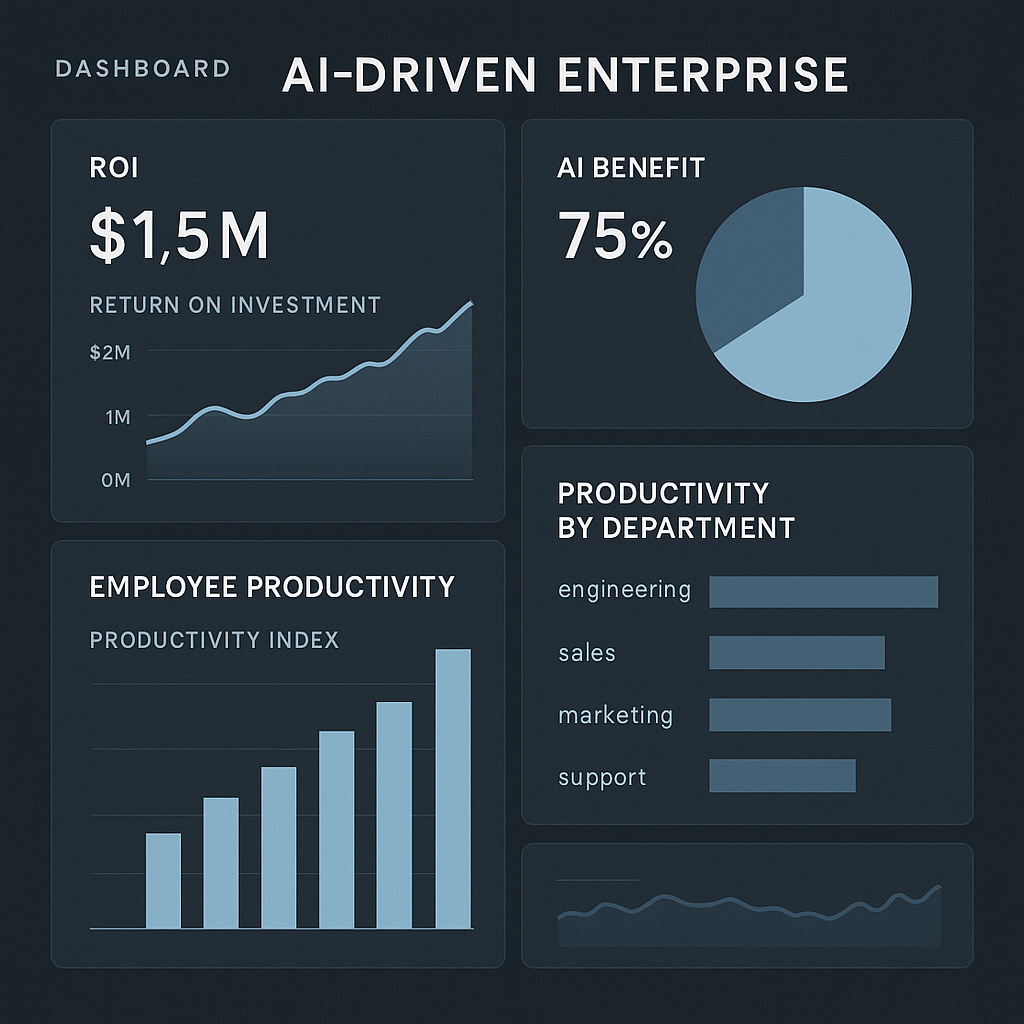
Quantifying the impact of your AI talent strategy is crucial for gaining buy-in at the board level and for continuous improvement. Link human capital metrics directly to business outcomes. Track time-to-value for new AI project teams—how long from inception to deployment, and then to measurable business impact. As proficiency rises, monitor productivity lift per employee participating in AI initiatives. Reductions in manual effort, improved customer engagement, or revenue increments help articulate the value story.
Calculating attrition cost avoidance underscores the importance of investing in retention. Use data to compare the expense of recruiting and onboarding new AI specialists with the cost of upskilling and retaining existing staff. Over time, optimizing your build, buy, and partner mix should translate into rising value from your AI teams while controlling external spend. These measurements don’t just prove the worth of your strategy—they inform continuous recalibration to keep the AI talent pipeline tuned to business priorities.
The journey from isolated success stories to fully institutionalized AI capability is both challenging and transformative. For mid-market business leaders, now is the time to formalize the structures, investments, and mindsets that will scale your AI vision into enterprise-wide performance. With a strong, dynamic AI talent pipeline, your organization is poised not just to keep pace, but to lead in the AI-powered business landscape.
For help building your AI talent strategy, contact us.
Sign Up For Updates.


